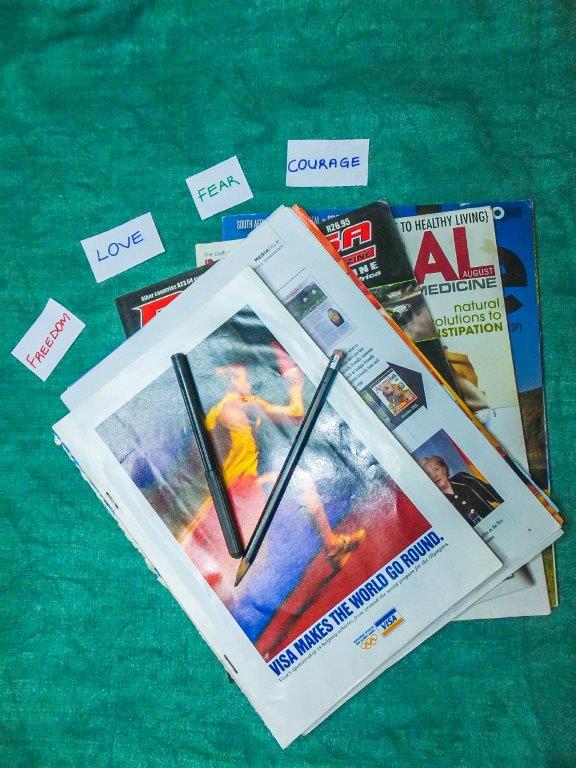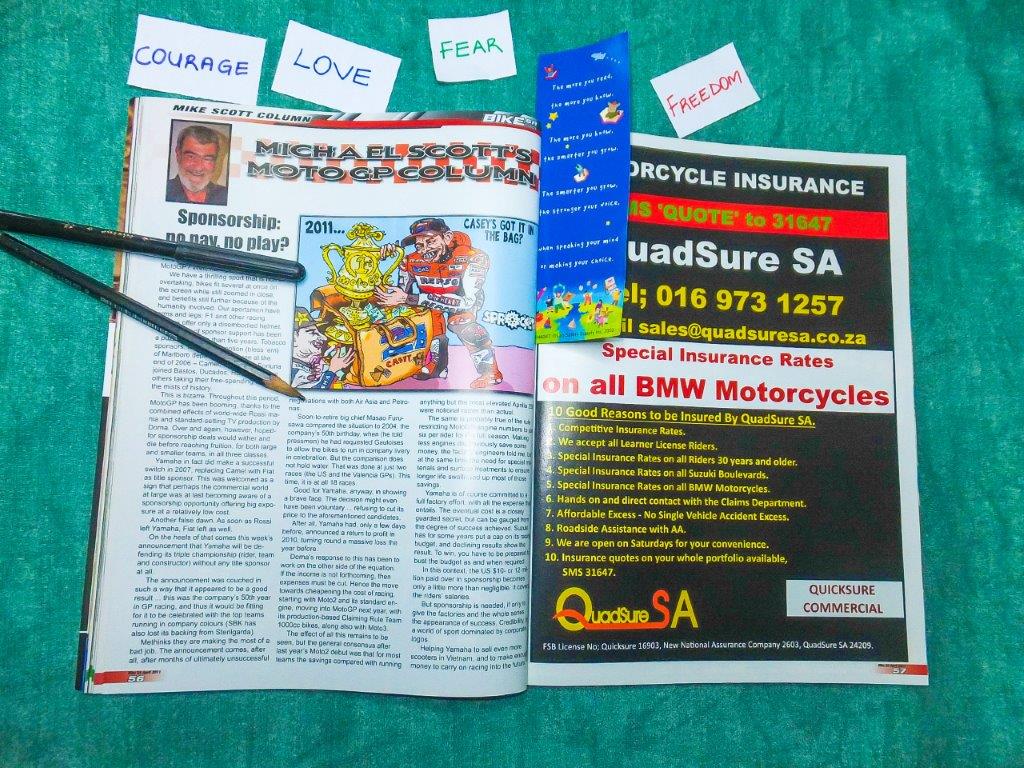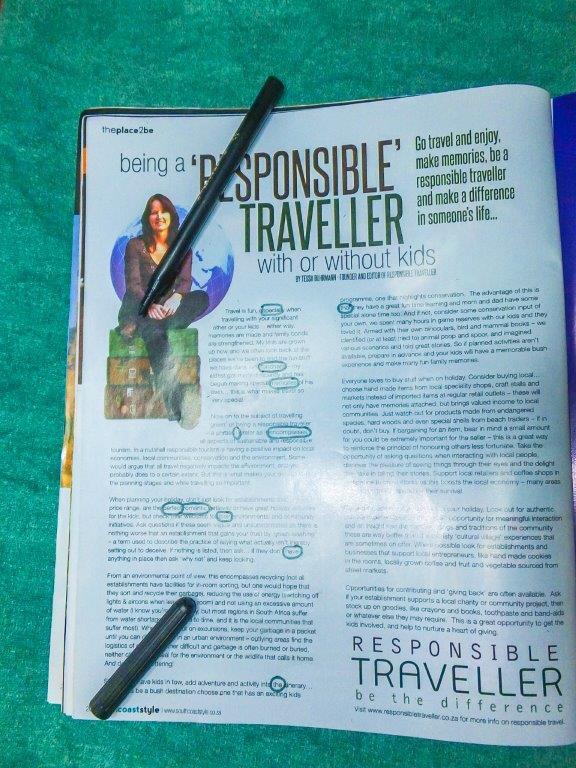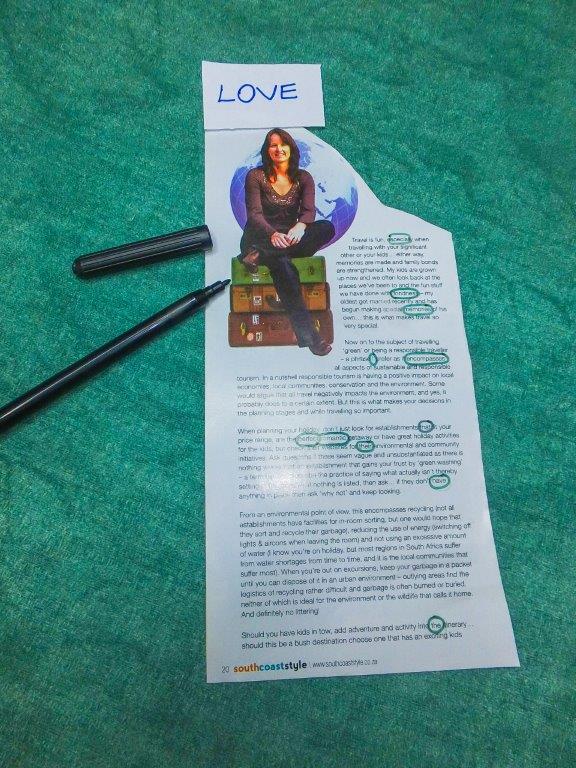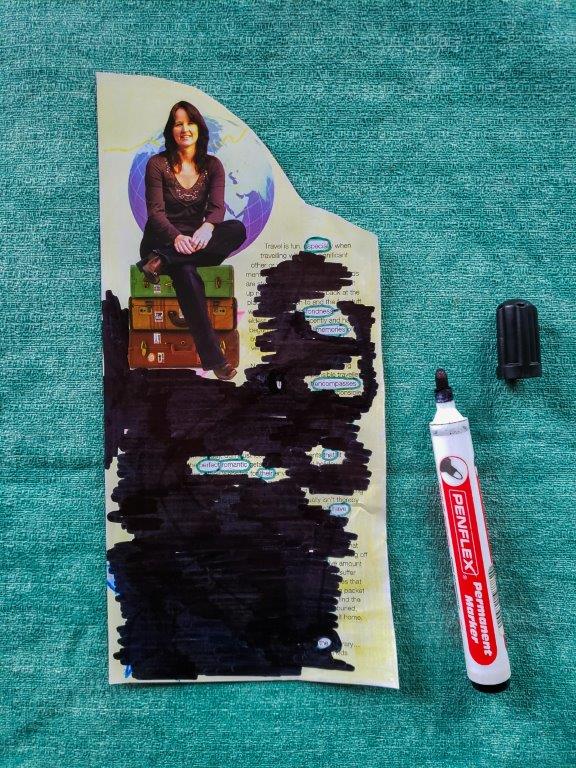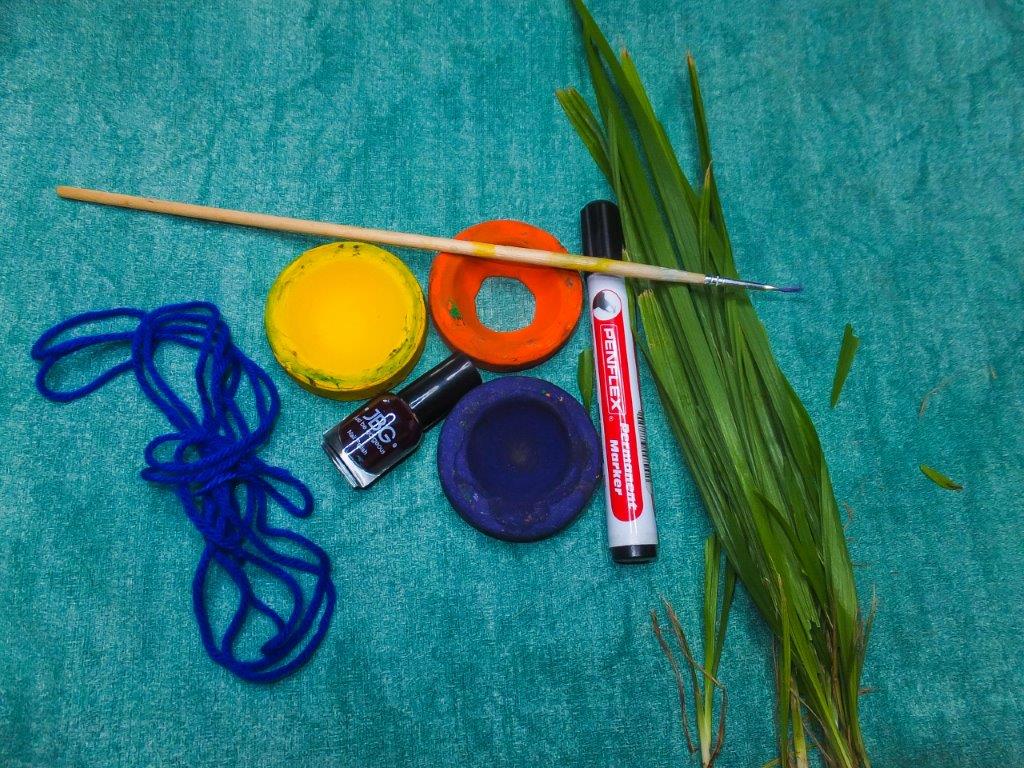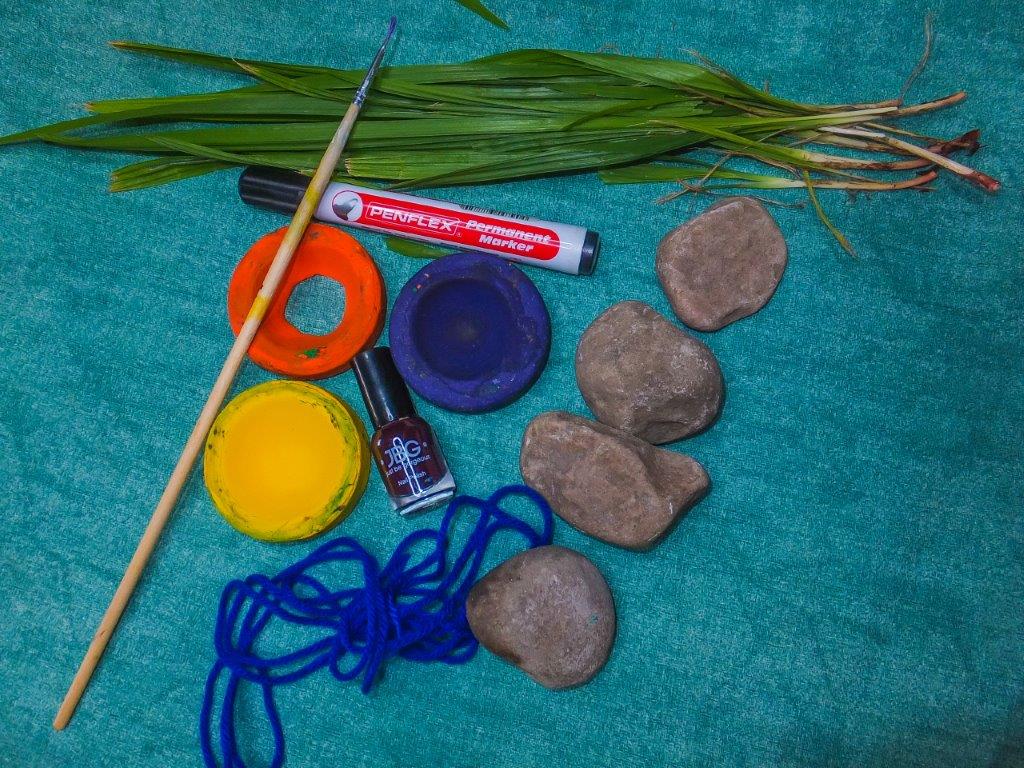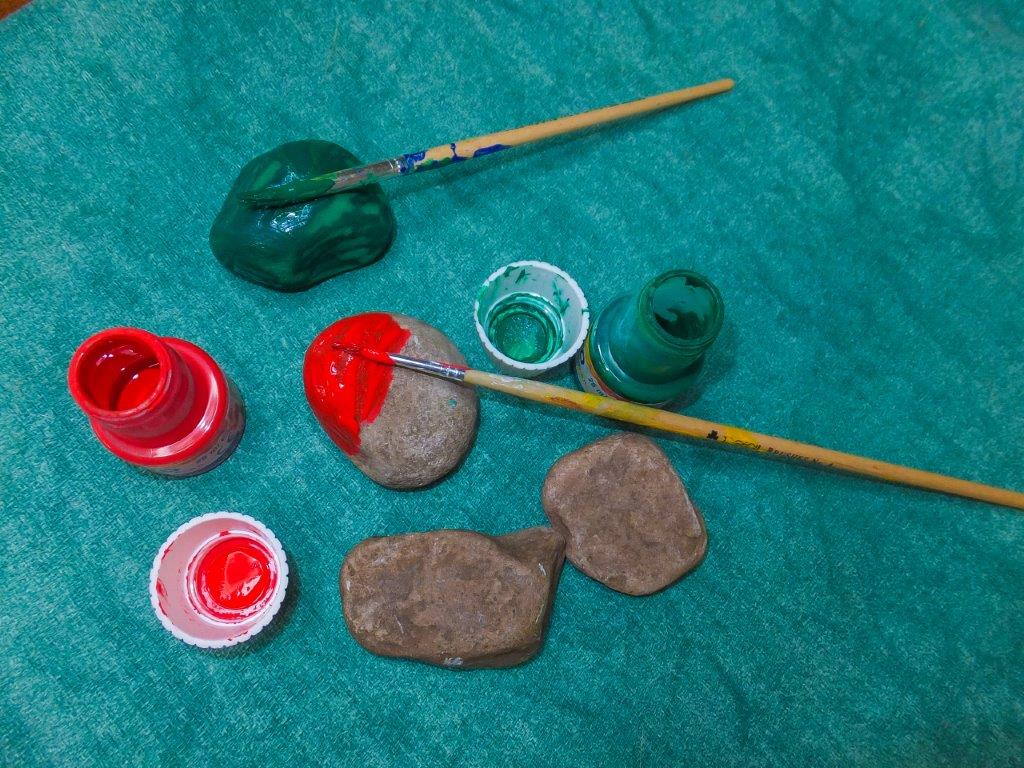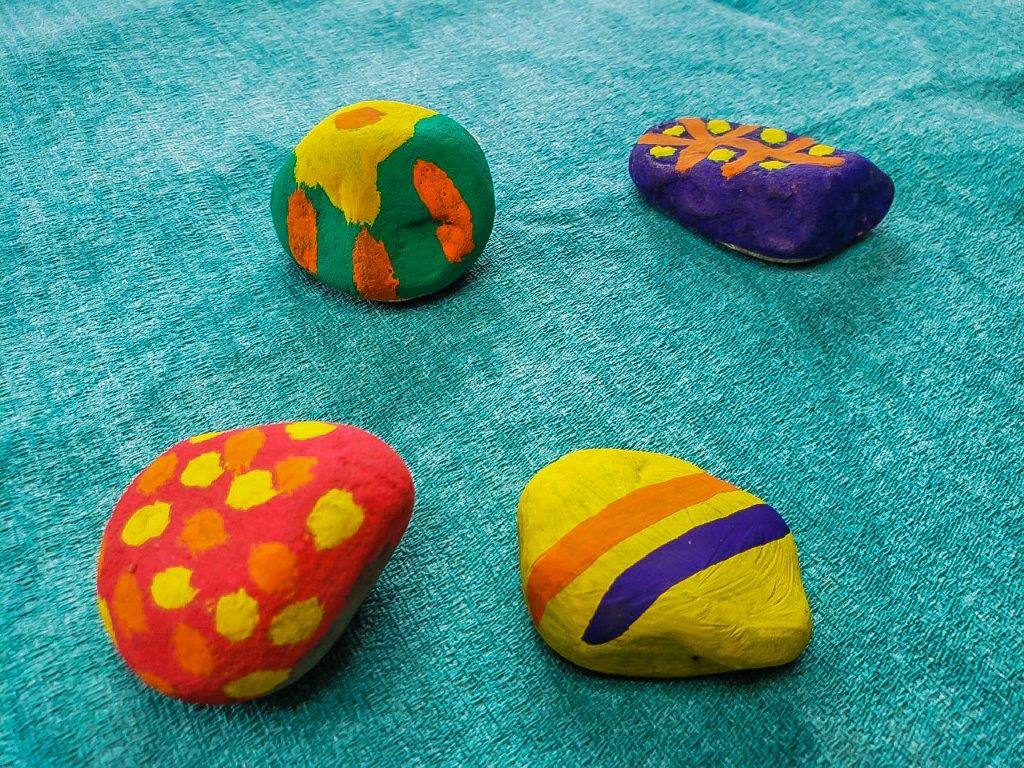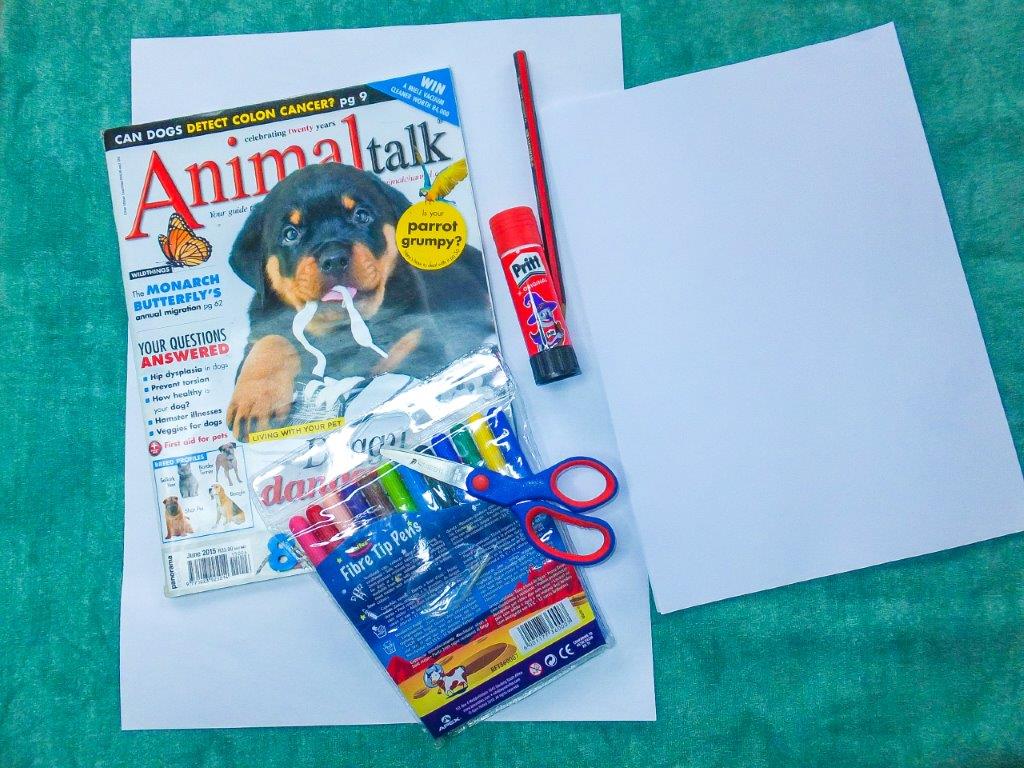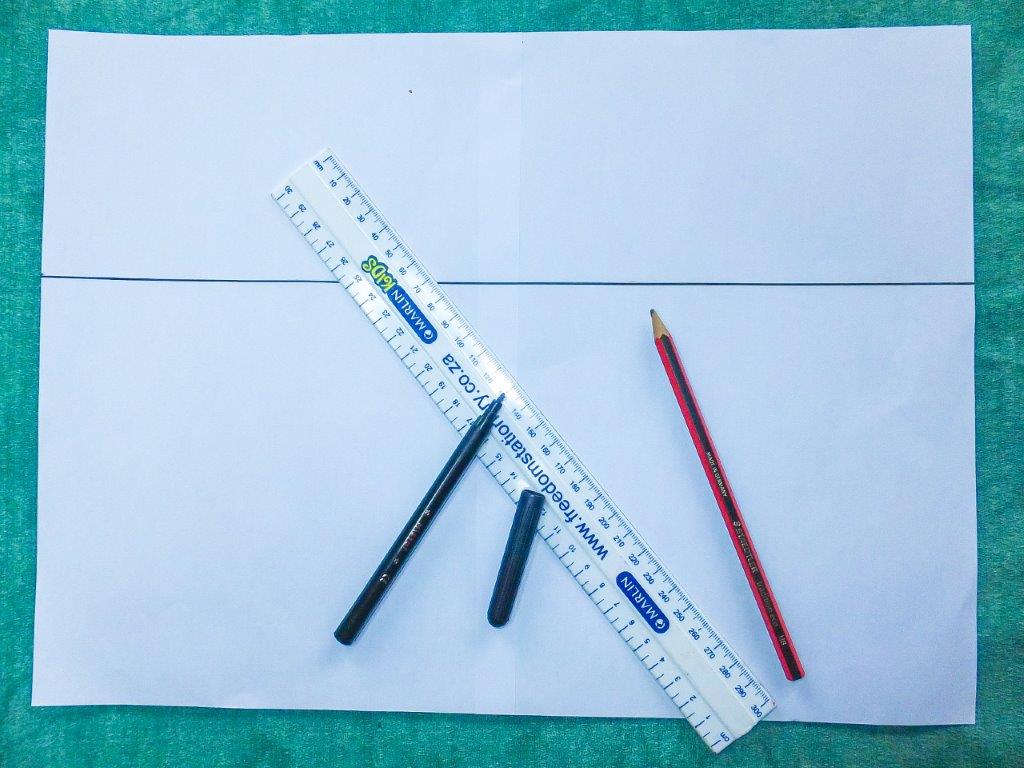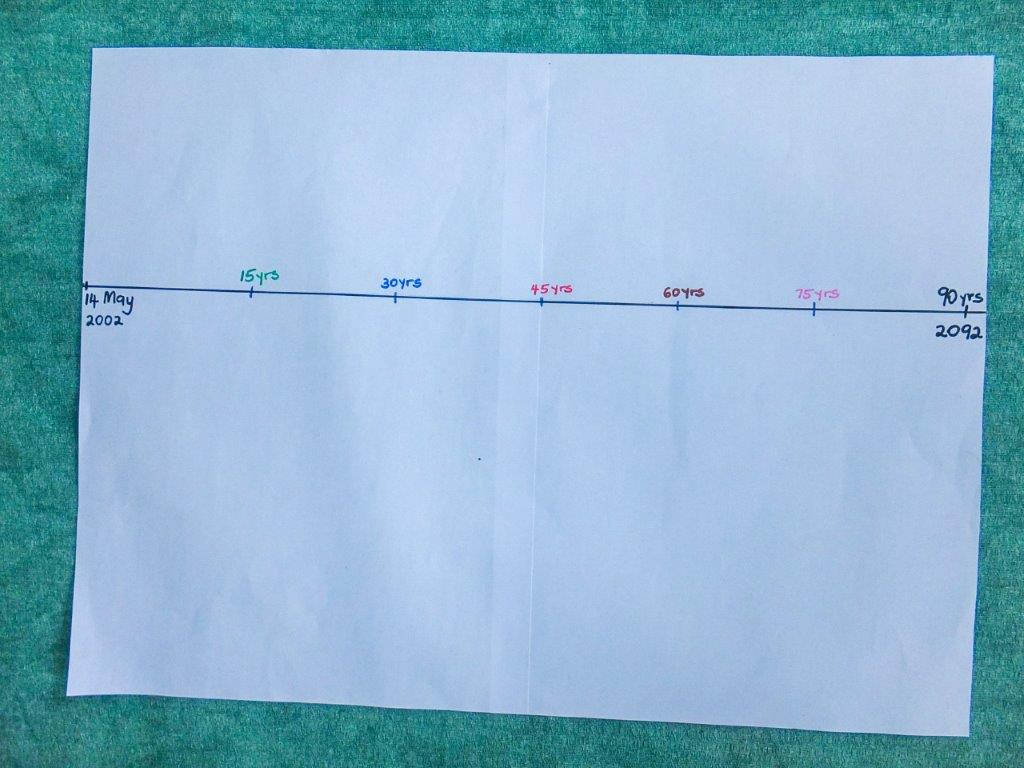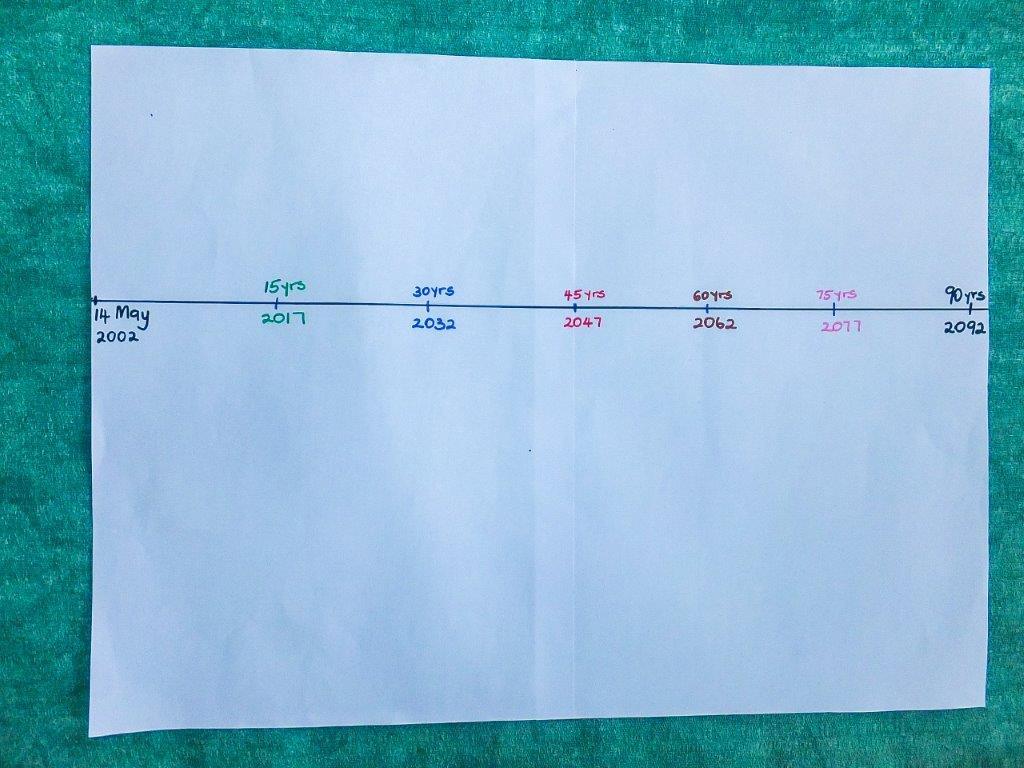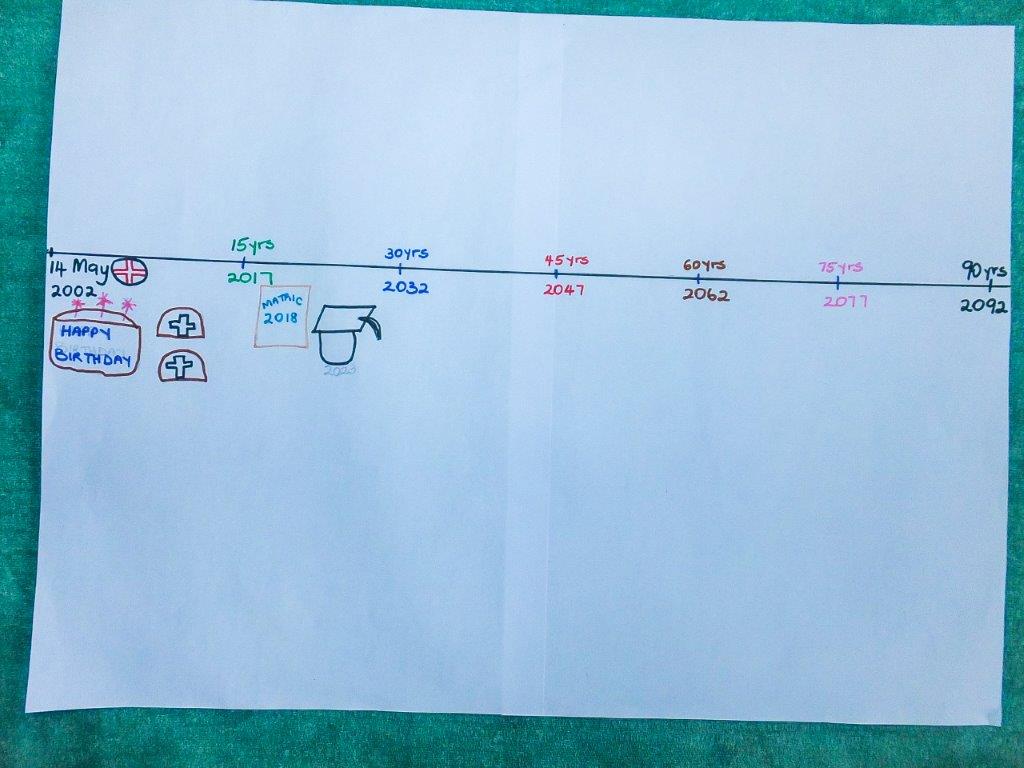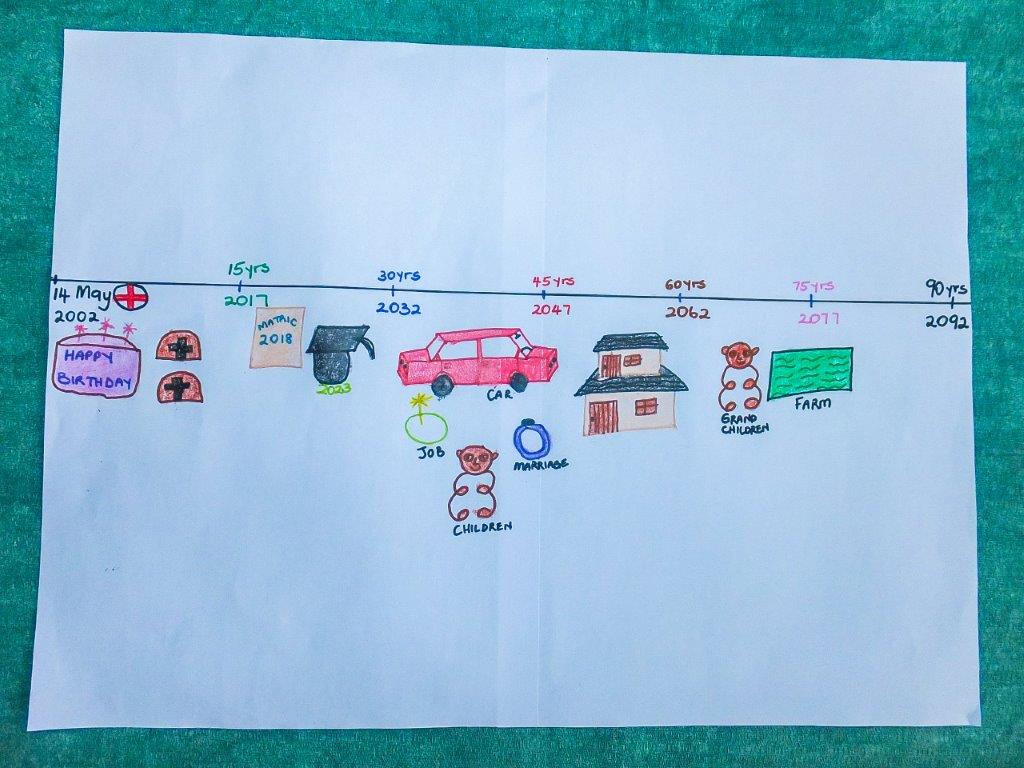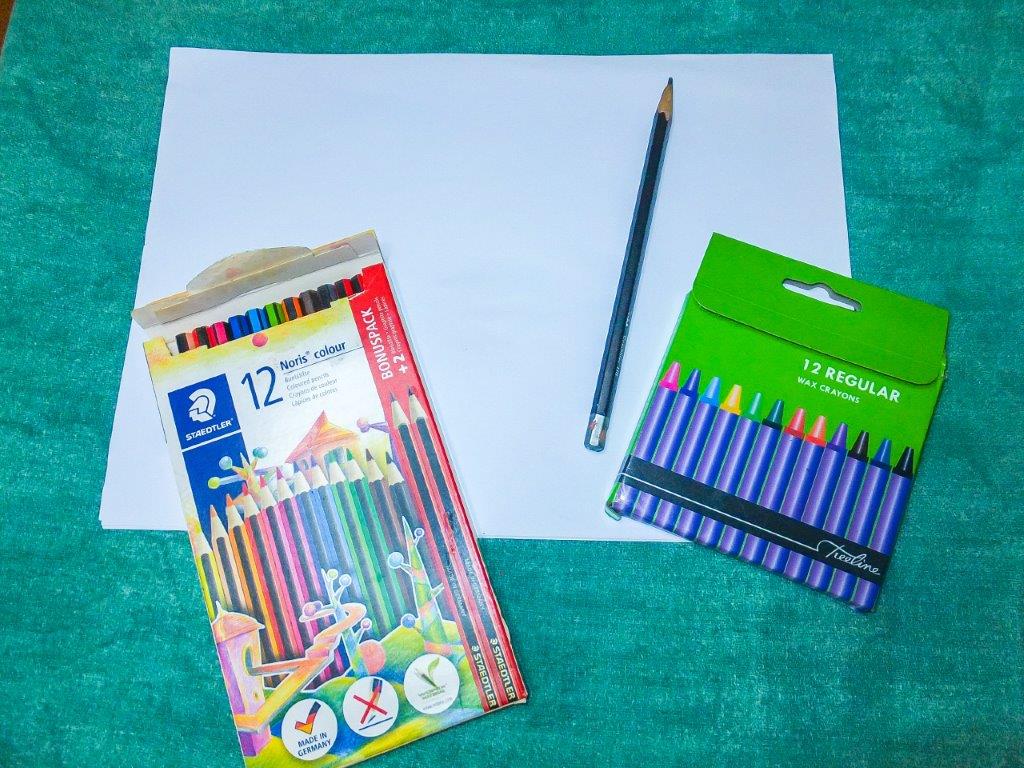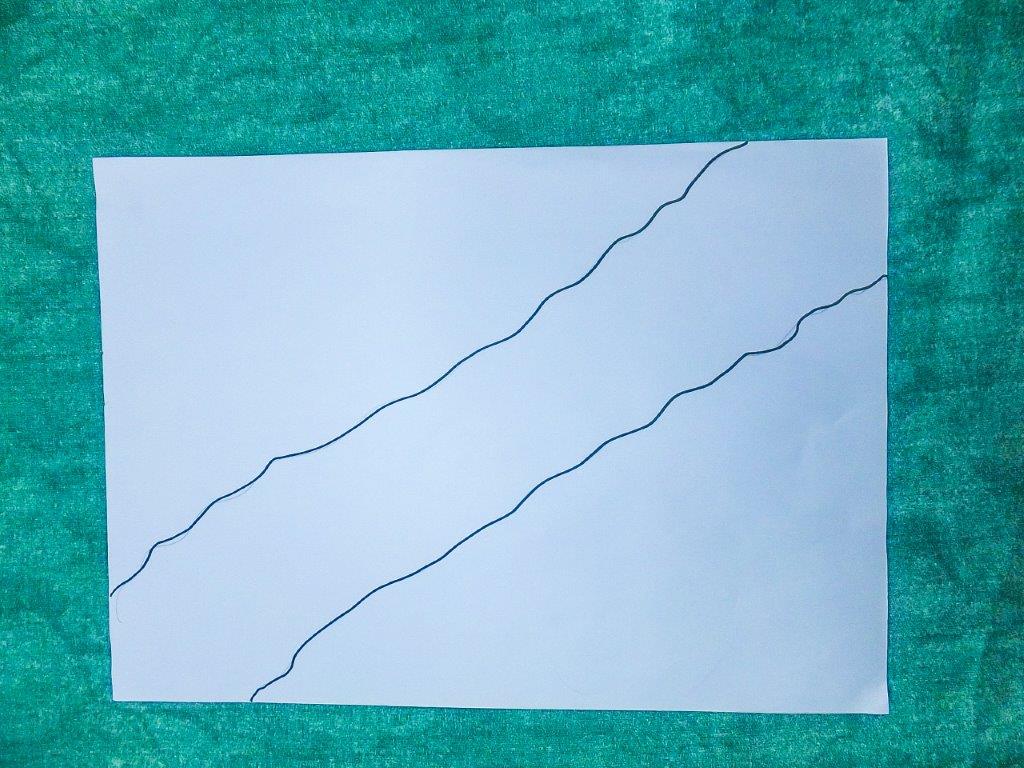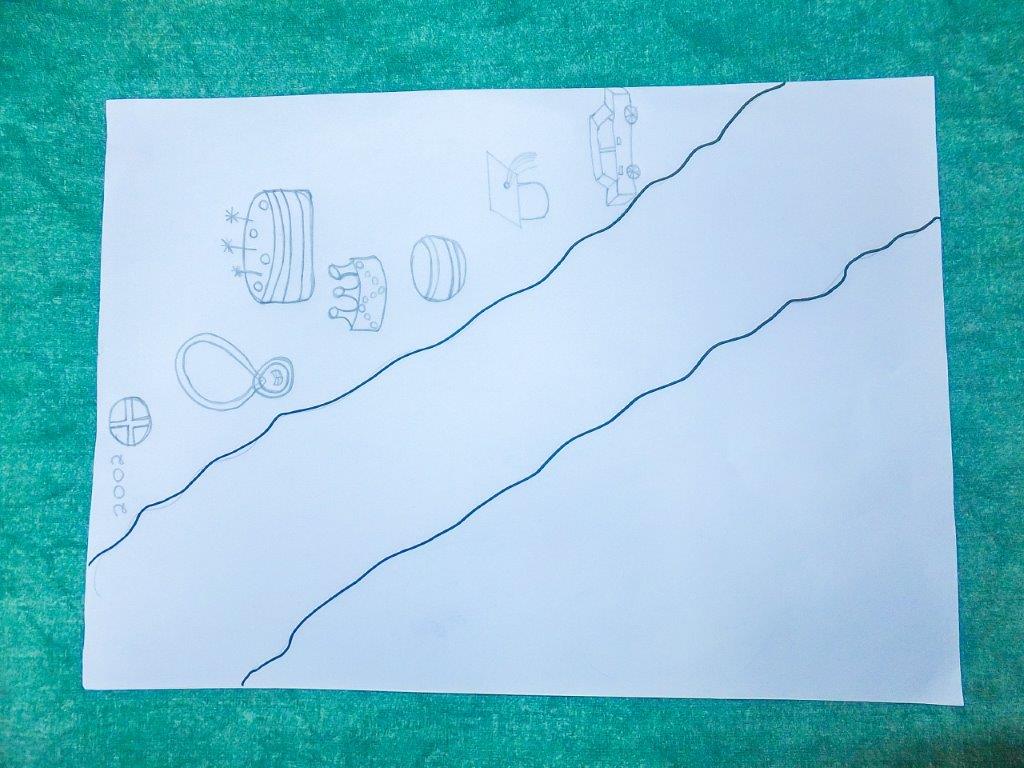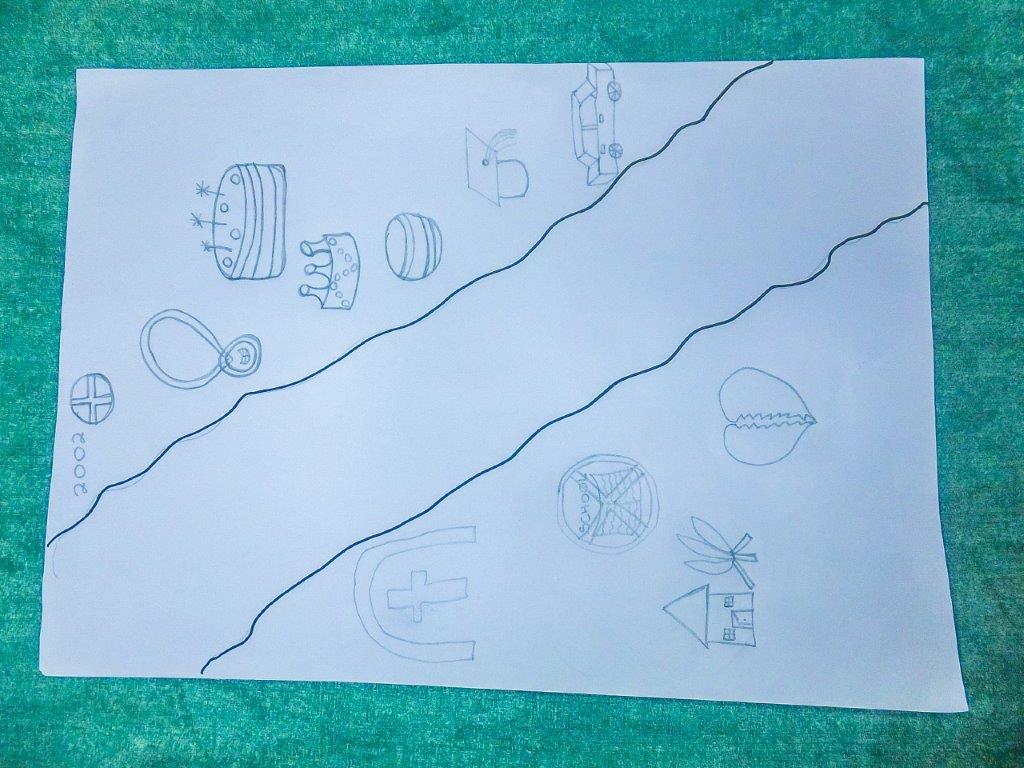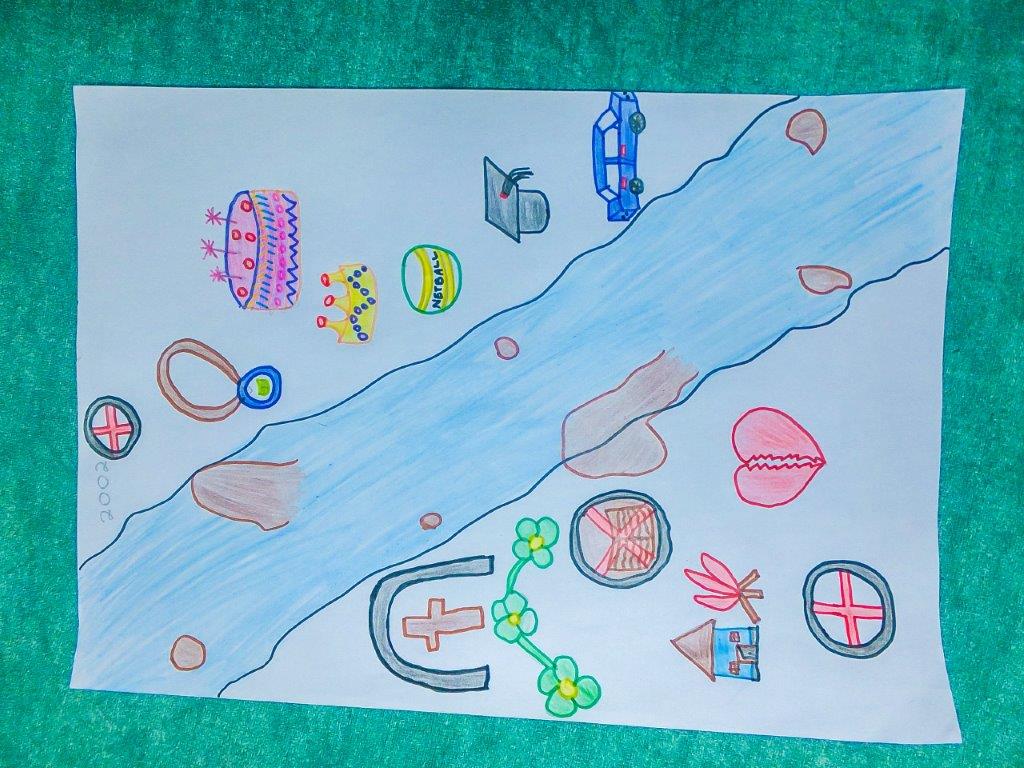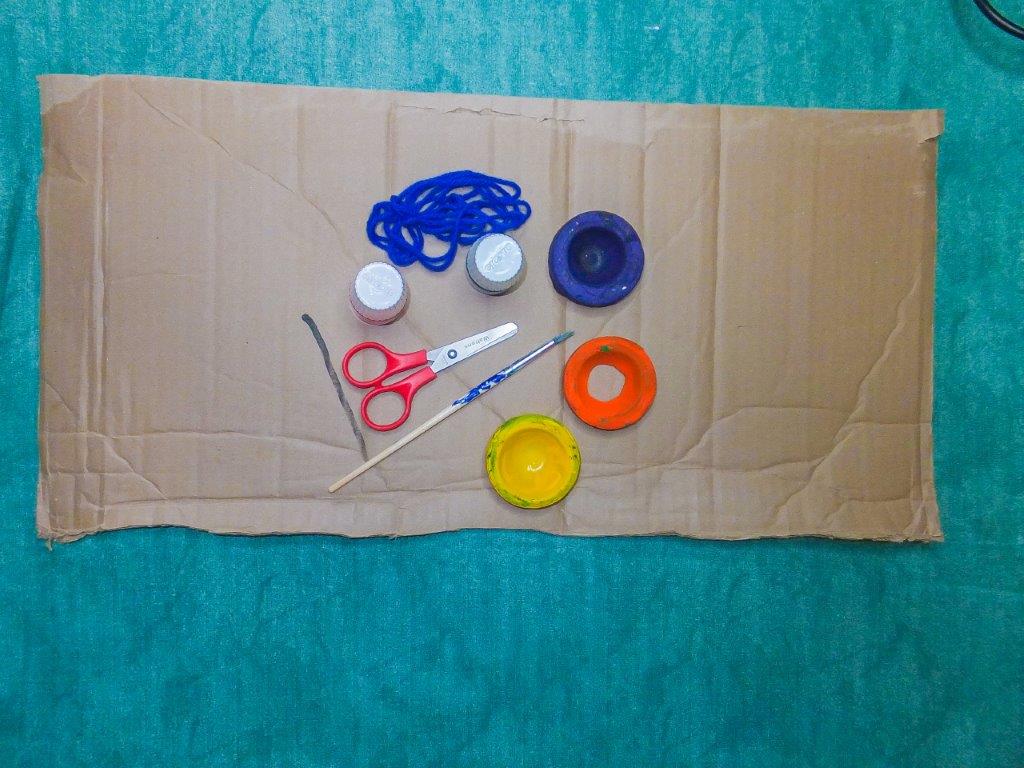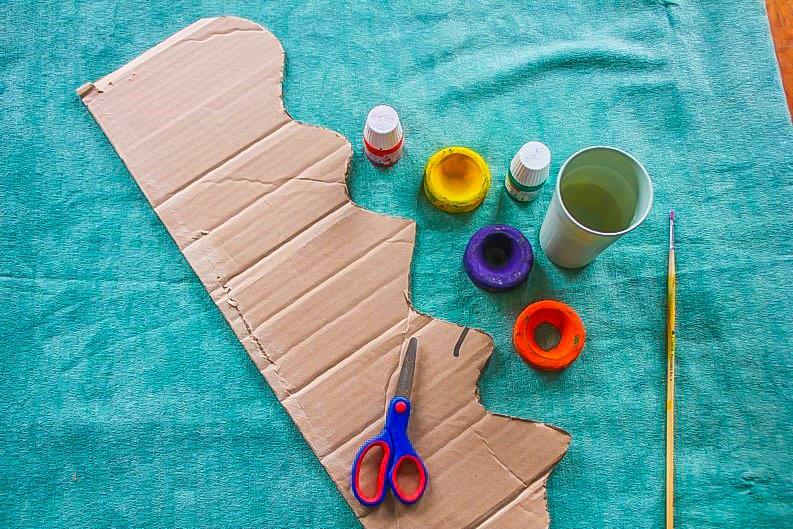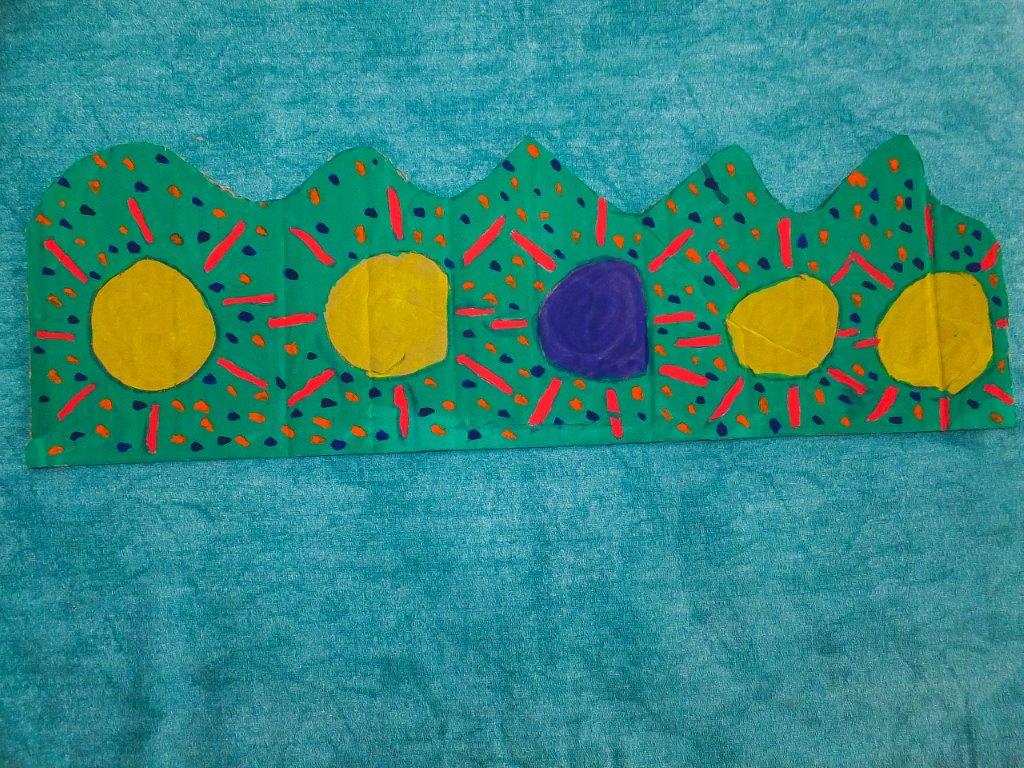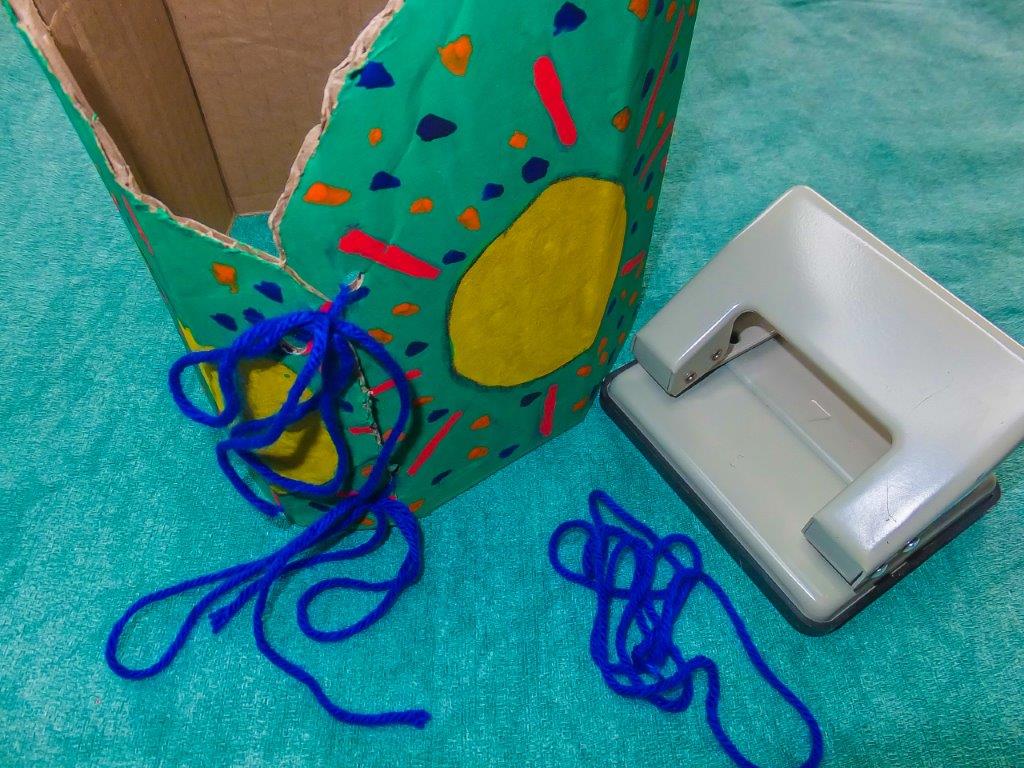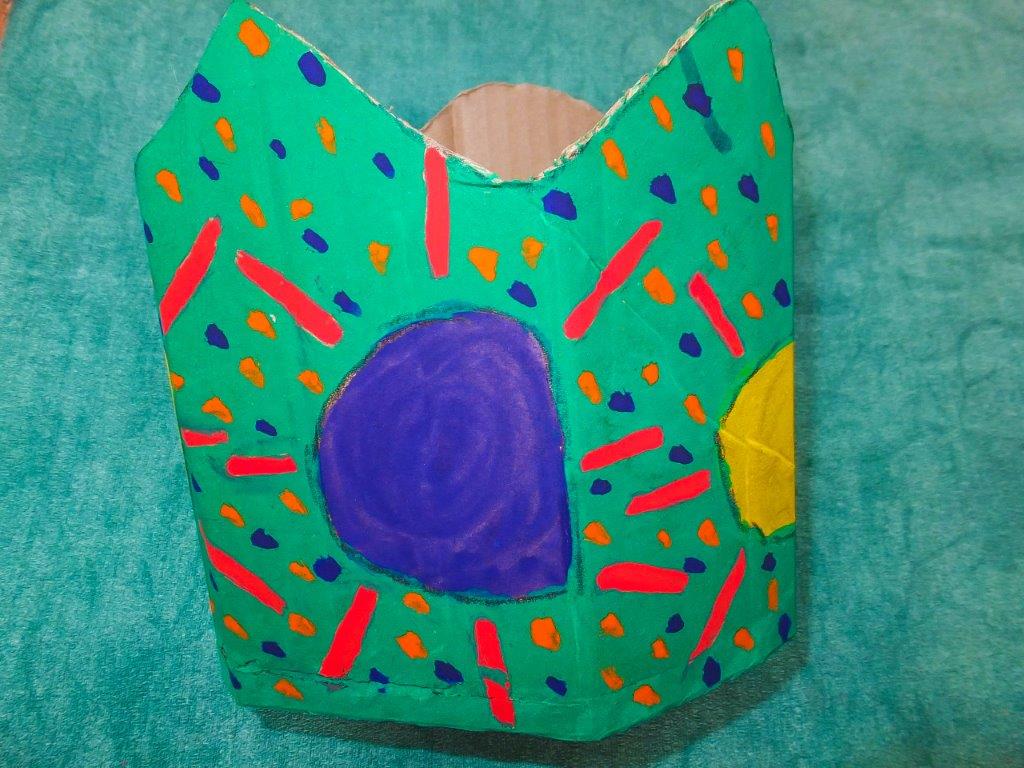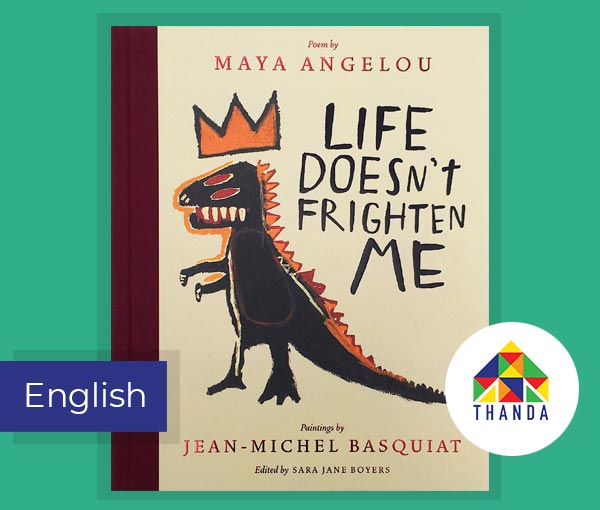
Grief & Fear, Empathy
Age 3 -10 Years
Life Doesn't Frighten Me
by Maya Angelou & Jean-Michel Basquiat
In this book, the poem Life Doesn’t Frighten Me by Maya Angelou is paired with a series of paintings by artist Jean-Michel Basquiat. The poem celebrates resilience and courage, but also reflects some of the walls and facades we put up as we deal with fear in life.
.

Grief & Fear

Empathy
Age 3 – 10 Years
Let's get Creative
Explore 5 Fun Activities to do at Home
Step 1
For this activity you will need old reading material (newspaper, old books, magazine, flyers etc.), dark markers or pens, pencils, a piece of paper, glue and scissors. Provide your child/children with the following written poem titles: Fear, Courage, Freedom, Love. Each child should choose one title and have exactly one dark pen or marker and one pencil.
Step 2
Explain that the activity is called Blackout Poetry and that your child/children will be transforming the texts in front of them into poetry. Give your child/children a few minutes to flip through their reading material. Now tell them to bookmark pages they like, or that stand out to them and then make sure each child has chosen a specific page to create their poem on.
Step 3
Ask the child to scan the page in front of them and look for words that stand out or are linked to their poem title. Find words that have meaning or significance for them (anchor words) and use these to establish a theme or topic for their poem. Using their pencils, have them lightly circle any words that resonate with them to create the body and main text of their poem. Avoid circling more than three words in a row.
Step 5
Have them switch from pencil to marker/pen, and begin blacking out the rest of the sheet, aside from the circled words. This can be done simply at first, but let your child/children use the activity images on how to draw their blackout spots. Encourage them to add an illustration or design to the page of text that connects to their poem.
Step 1
This activity gives us a way to reflect, organize our thoughts and increase our sense of self. The most important part is to look back through the past and recognize the courage and strength it took to get this far and then to look toward creating a future. For this activity you will need a large piece of paper (or small pieces stuck together), pens, scissors, glue, magazines and scrap materials.
Step 6
This is your life. Draw what you think are the most important events that happened in this time that you can remember? Begin with birthdays and celebrations, births, deaths, changes, challenges. Illustrate each event with a symbol or picture, words, a name or photo. Consider your feelings at the time and if you would change anything to make your life better today.
Step 7
The next part of the outline is: my unique “I” (what makes me one-of-a-kind? Who is the ‘me of now’?). Look forward along this timeline and include fantasies, expectations, hopes and dreams. Think here about how you see yourself in the future. What are things in your life and experiences that you want to have that money can’t buy? Draw them.
Step 3
The one bank of the river will feature all of the good major events or experiences that have happened to you in your life. It could be things like when you won the big tournament or got your driver’s license or even a special day when you went to the zoo with your dad or landed your first kickflip.
Step 4
On the other side of the river, draw all of the bad things that have happened to you. Things like when people passed away or you didn’t make the team or any other major humiliation that still haunts you. Discuss these experiences and if they were similar to those experienced by the speaker of the poem? Have any of these experiences traumatized you but also helped make you stronger in some way?
Discuss the story together:
- What are some things that you are NOT frightened of? Are other people frightened of these things or not?
- What are some things you ARE frightened of? Why?
- What are some of the scary things the poem mentions? Why are these things scary?
- Are you scared of those things?
- Why do you think there are so many cultures around the world that are scared of frogs?
We think: It could be because frogs are slimy and look like they are covered in warts. It may also have to with the fact that they hop rather than walk which can make them seem ominous. There could be lots of other reasons as well.
- Why would the speaker be afraid in her dreams?
We think: When the speaker is awake, she can tell herself “Life doesn’t frighten me,” even if she doesn’t fully believe it. But, when she is asleep, those fears she claims to have conquered may be able to get to her. We don’t have control over what we dream which makes it a place where our fears and apprehensions can get to us.
- Why do many war veterans have nightmares (scary dreams)?
- Why does the speaker mention her magic charm?
- Why does she hide it up her sleeve?
- Why does she mention walking on the ocean floor without needing to breathe?
- What does this image make you feel? Picture yourself walking on the floor of the ocean. What would it feel like? What / who would you see there?
- Why do they “fly” because she wouldn’t “cry?” What does that mean?
We think: This means, because she isn’t scared or doesn’t show her fear by crying, they run away (in this case, the meaning of the world “fly”). This hints that bullies really just want to see people cry. If they don’t get what they want, they will probably leave her alone. It also seems to suggest that if we’re tough enough our problems or challenges can be overcome.
- Why are “kissy little girls with their hair in curls” listed with strangers in the dark, noises down the hall, and dogs barking loud?
- Can little girls be mean to each other? What does this tell us about bullying? Why is bullying such a big deal?
- Does it matter to the poem if these girls are of a particular race group? Why?
- Why does Maya Angelou say “NO… they don’t frighten me?” Why not just say “they don’t?” Why add the “NO?”
- Is the speaker telling the truth?
- Could this be a partial truth?
- Can something be true and false at the same time?
We think: Absolutely. She probably wants to be unafraid, and on some level is able to achieve this. However, fear is still a part of her life. But, by saying the phrase out loud and remembering the challenges that she has already overcome, the speaker is able face or even overcome her fears (even if she can’t completely get rid of them).
- Why do people sometimes act like they aren’t scared, even when they are? Are there times when it might be advantageous to act tough?
- Why might someone be afraid of life? Should they be? Do you think that most people are afraid of life to some degree?
- What kind of experiences do you think the speaker has had, before writing the poem? Mostly good ones, or mostly bad ones? A mix of both? How can you tell?
- There is a proverb in English that says “What doesn’t kill me makes me stronger.” Do you agree with that statement?
- Does facing scary things sometimes make us stronger?
- Can some things that don’t kill us make us weaker? What is the difference between something that challenges us vs. Something that traumatises us?
- Do you think the speaker of the poem would agree with the proverb? Find evidence in the poem to support your claim.
- How do the paintings enhance or interact with the words of the poem?
- Which painting is your favourite?
- How do the paintings in the book explore fear?
- Even though he could draw very well, most of Basquiates paintings are done in an almost childlike style. Why do you think he chose to do his paintings like this?
- How would you describe most of the paintings in this book? Do they seem happy or sad or something else?
- Many of the paintings have writing on them. Why do you think that Basquiate chose include writing in so many of his paintings
- How does the presence of writing on the painting affect the final painting? How would the paintings be different without the writing?
VIDEO: In this video, Maya Angelou opens her reading of the poem by saying; “I wrote this poem for all children who whistle in the dark, and who refuse to admit that they are frightened out of their wits.”
- Why might someone pretend they aren’t scared when they really are?
- Why does Maya Angelou add this intro before she reads the poem?
- How does this make some of the poem’s meaning more clear?


